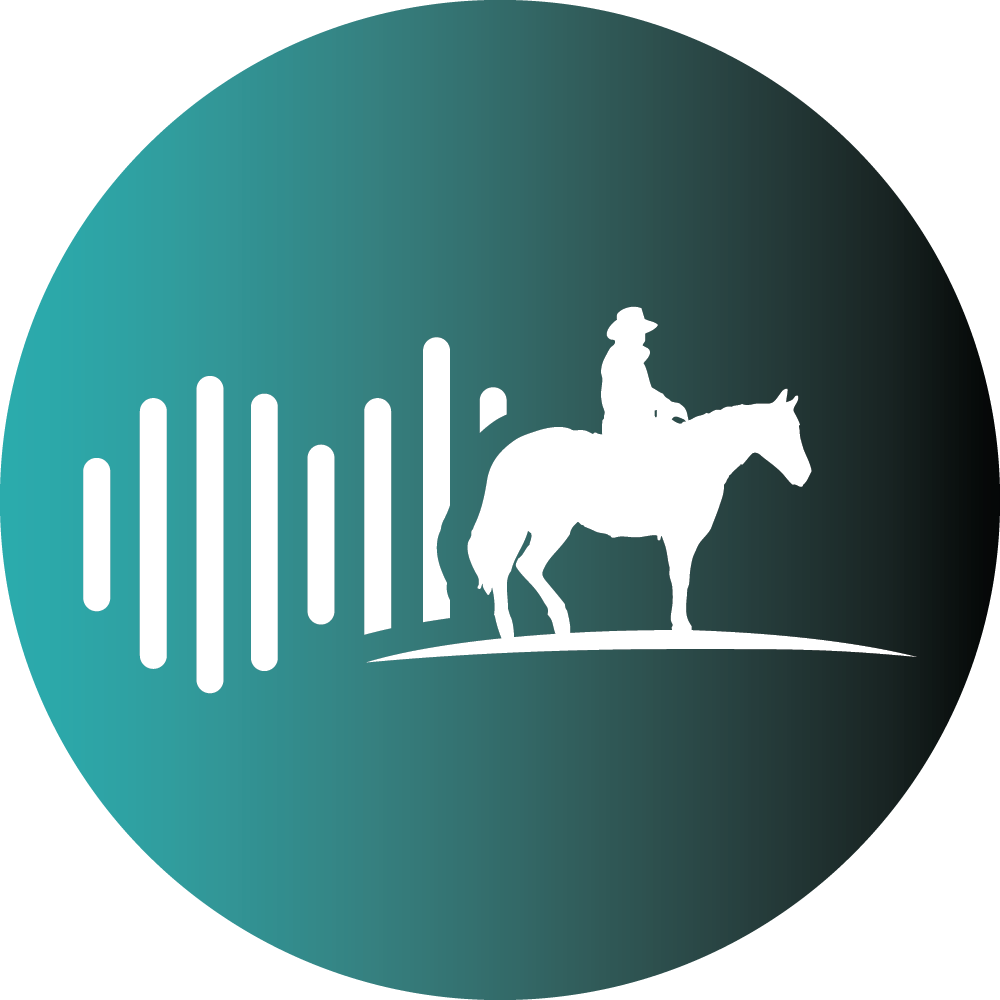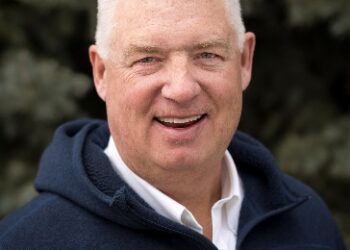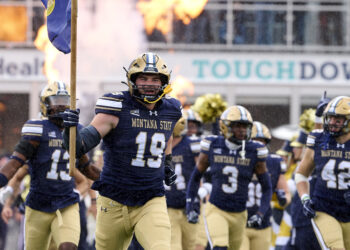By Dr. Jeff Daniels EBS Medical Columnist
When you park yourself in the Medical Clinic of Big Sky during ski season—as I have, all day, every day—and tally up knee injuries, you’d think that everybody who straps on a pair of skis inevitably is going to tear the anterior cruciate ligament in one or both knees, once, twice, or over and over!
Of course, that isn’t the case. But we diagnose about 200 ACL injuries during the ski season and have been seeing those numbers for at least 20 years. My semi-scientific opinion is that once a more curved ski hit the market in the late ’90s, ACL injuries increased. That might be related to the change in the radius of the turn created by the new skis, as compared to the turning radius of a straight ski. Either that, or I got better and better at diagnosing ACL injuries over the years.
Once I’ve made that diagnosis, I try to get as many patients as possible to send me follow-up information, either the results of an MRI (which is almost always ordered when an ACL tear is considered these days), or the notes from their orthopedic surgeon back home. I find that I’m right most of the time.
Now that we’ve finished the ski season, what do you do if you’ve torn your ACL? What are the options? How should you time your decision?
The most important thing to decide is whether or not you want to get the ACL surgically reconstructed. Up until the early ’80s, ACL reconstruction wasn’t considered for most people who weren’t elite athletes. With the introduction of arthroscopic surgery, the various ACL reconstruction procedures have become very popular, with most people, young or old, opting for the surgery. Without surgery, it could take two or three months to feel completely recovered. The same could be said for most who opt for the surgery.
What did people do before the surgery became available? The stabilizing effects of the ACL eventually were provided by other muscles, tendons and ligaments in the knee. Physical therapy would hasten the process, but just using the knee, over time, would give most people a normal knee joint. A few would be left with a knee that could collapse with certain movements, often referred to as a “trick knee.”
These days, the majority opt for arthroscopic surgery, which is almost never done until the swelling in the knee has had a chance to settle. Between the day of the injury and the day of the surgery (two to three weeks at the earliest, but often later), using the knee and exercising the leg is recommended. Wearing a brace that allows for full flexion and extension of the knee joint gives stability and prevents the knee from buckling. Using all the leg muscles and keeping them strong before surgery helps a patient get through the recovery after surgery.
Arthroscopic reconstruction of the ACL involves taking a piece of your own leg tissue and inserting it into the position of the ACL inside the knee joint. Most surgeons use a piece of hamstring tendon, although the older patella tendon technique is still preferred by some. Another option is the use of a cadaver’s ACL.
Why won’t the ACL grow back? We used to think that it was not possible, and that’s why another piece of tissue would be used. However, recent research has shown that by using the patient’s stem cells, a freshly-torn ACL can be coaxed to reattach its frayed ends. One study uses a sponge impregnated with stem cells to hold the ends of the ACL together. Another study used platelet-rich plasma injected into the knee after ACL injury.
Who knows! In the future, a simple injection of stem cells into any area of the body could lead to complete healing. In the meantime, all those whom I’ve diagnosed with a torn ACL will have to rely on their orthopedic surgeon, physical therapist or knee brace to get them back out onto the slopes with a normal-feeling knee.
Dr. Jeff Daniels was the recipient of the 2015 Big Sky Chamber of Commerce Chet Huntley Lifetime Achievement Award and has been practicing medicine in Big Sky since 1994, when he and his family moved here from New York City. A unique program he implements has attracted more than 800 medical students and young doctors to train with the Medical Clinic of Big Sky.













